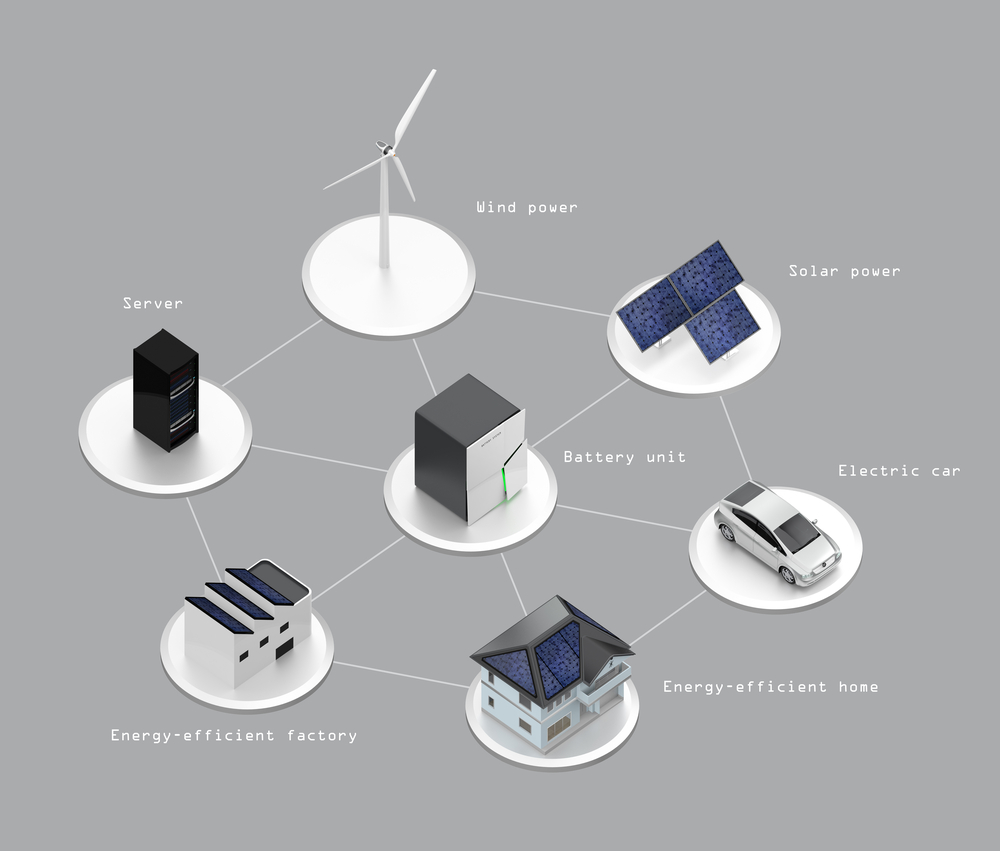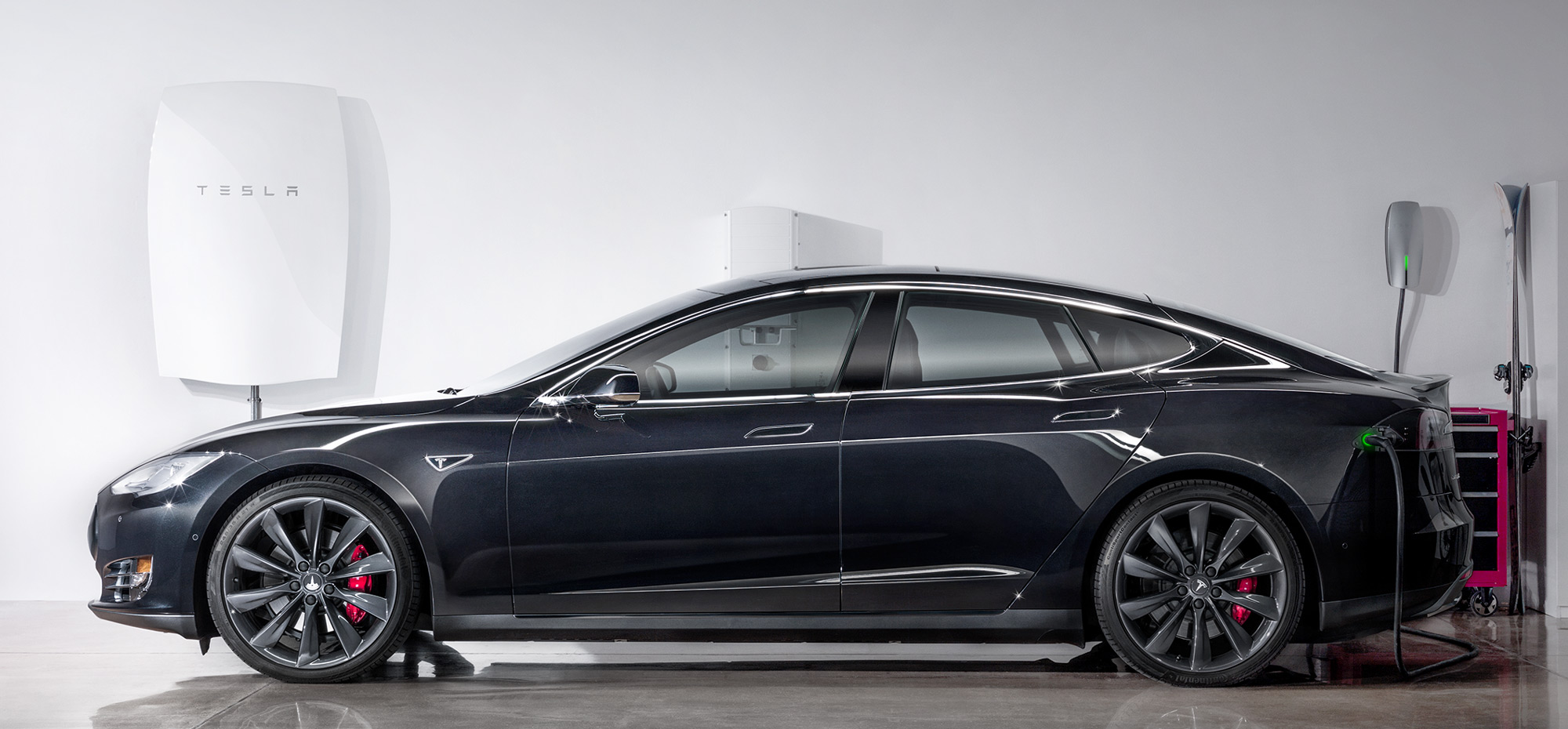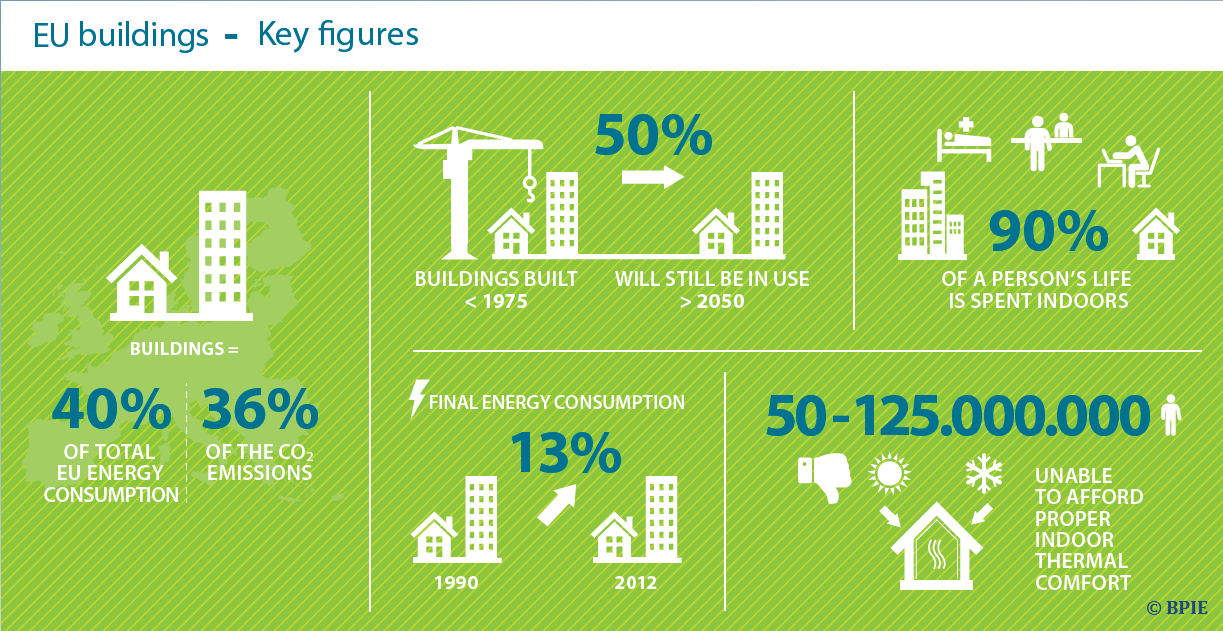Buildings: Essential for Smart Energy Systems
The transition of the energy market is causing current energy demand-supply imbalances, presenting opportunities for buildings to take on an important role in balancing the grid through demand management with new technologies.
The Changing Role of Buildings
The EU energy market is undergoing a transformation. As it is not constricted by traditional borders and national systems anymore; it is becoming less centralized and more interconnected, and more variable. These developments are challenging the balance of the energy system due to the increasing amount of mostly volatile and decentralized renewable energy production and because of the electrification of heating and transport. The Paris COP21 agreement to limit global warming to 1.5 degrees Celsius raises the stakes further applying greater pressure to meet this new goal.
Flexible technology solutions exist to overcome the energy demand-supply imbalance. In this new era, the ability of end-use consumers to modify their energy “pattern” during system imbalances or in response to market prices will be crucial to unlock the potential of a low carbon energy system.
The buildings sector has a wealth of solutions to offer. There is an essential energy saving potential and the next step is to transform buildings into micro-energy hubs providing multiple benefits. Buildings interact more and more with the energy system and can have a stabilizing role by providing renewable energy production, energy storage and demand response. These three roles are complementary and reinforce each other.
Buildings interact more and more with the energy system and can have a stabilizing role by providing renewable energy production, energy storage and demand response.
The significant growth of renewable energy sources (RES) connecting to the grid is essential to achieve a sustainable and decarbonized energy market. At the same time, the variability of RES puts additional stress on the grid given their intermittent generation and the fact that the grid infrastructure is not always ready to integrate a large amount of decentralized production facilities.
This is where innovation and market uptake in storage capabilities are needed: in a few years, the combination of photovoltaic energy systems and power storage in buildings is expected to reach its tipping point and demand response could soon become more accessible to residential customers. The emergence of Energy Management Systems (EMS) and new technologies such as smart meters, smart thermostats and other load-control technologies with smart end-use devices, is likely to make managing energy use as easy as installing an app on a smartphone.

An Organic Evolution?
In a complex energy environment, flexible technologies are going to be valued. Therefore, technologies that can rapidly adapt to operating loads, absorb or release energy when needed, or convert from electricity to heating are increasingly important in the new energy market. A number of technologies offer this flexibility, including:
- Combined PV and battery storage
- Co-generation technologies bridging electricity and thermal systems ‐
- Industrial sites transferring surplus heating or cooling to local district heating and cooling
- (DHC) networks or absorbing excess heat from the thermal grid to convert it into electricity
- Thermal and hydro storage
The old idea of fixing a capacity problem with extra cables is not sufficient anymore. We would need more cables than technically possible to solve the problem […] IT solutions have become so widespread and cheap that this is a much better solution than adding another cable in the ground.
Eandis (Belgian Distribution System Operator)
Technologies exist and pilot projects prove that buildings can already take up their role of micro-energy hubs, but what is the hold-up?
How to Go Beyond Initiatives
Innovative entrepreneurs, such as the Tesla’s Elon Musk, have understood the signs and decided to enter the building market by launching new products, like affordable battery solutions for residential use. The market uptake of products like home batteries can pave the way to decentralized power trading at the individual building level and contribute to shifting the market from the innovative to the growth phase.
It’s still too early to pick a market winner. Battery-based projects, though likely to account for a large part of future building-related storage investments, are not the only option. Hot water storage is a frequently found technology, however, the storage of heat or cold in the building mass (walls and ceilings) is a less common technology with a practically untapped potential, despite very low costs and short returns on investment. Another more innovative technique is to apply construction materials with integrated ‘phase change materials’ that can store heat or cold ‘latently’ by using a process that occurs at a defined temperature level.
In this new era, the ability of end-use consumers to modify their energy “pattern” during system imbalances or in response to market prices will be crucial to unlock the potential of a low carbon energy system.
Companies like Johnson Controls, Siemens, Honeywell and Schneider Electric, together with new entrants, offer services related to demand response for the residential market. New market actors, which originated from ICT, such as Google and Apple, the transport sector and the utility (E.ON and British Gas for example) value chains, are now entering the market, capturing value across this sector. There is an opportunity for manufacturers of HVAC (Heating, Ventilation, Air Conditioning), monitoring systems and white goods to adapt their products to work in this new technological environment. Market actors lagging behind in this transition will lose their competitive edge.
Being trailblazers in this new context doesn’t only imply creating innovation, it also entails the capacity to break into the market place. Third-party-driven business models (aggregators, agents or Energy Service Companies (ESCOs)) are also among new actors challenging the status quo and are much needed. They are pulling together energy consumers and offer them services such as control and management services, providing technologies through specific financing models, such as leasing, and optimizing the building performance and its flexibility capacity helping residential customers save energy, money and increasing life quality and comfort.

Who Will Lead?
As buildings and their smart devices interact more and more with the energy market, new actors are emerging but there is a missing piece. Who is harmonizing and shaping all these components? While the market can undergo organic evolution and integrate new technologies related to demand response, it may need a ringleader.
The EU has a comparative advantage since most of the developments needed are linked to high-tech innovations and Europe has an abundance of research and development institutes that can support innovation and encourage large-scale market uptake. Whether the EU, national governments or other actors assume this role remains to be seen. Until now, technological breakthroughs on the market were mainly driven by entrepreneurs – often based outside the EU.
We should all grasp the untapped potential of buildings.
Various measures need to be adopted across the board to unlock the transition:
- Politically: a comprehensive vision for the electrification of heat (and transport) and more specifically on the integration of demand response, renewable energy production and storage in buildings.
- Legally: an enabling regulatory framework, encouraging buildings’ interaction with the energy system.
- Aggregators supporting not only industrial, but also commercial and residential consumer groups.
- Pricing; availability of dynamic price signals for industrial, commercial and residential consumers.
- Technologically: smart and user-adapted metering and control systems with a universal communication protocol.
- Strategic planning of the grid, both at transmission and distribution levels.
Sustainable Buildings of the Future
We should all grasp the untapped potential of buildings.
The Rocky Mountain Institute reports that in the United States, in the residential sector alone, widespread implementation of demand response can save up to 10-15% of potential grid costs, and customers can cut their energy bills by 10-40% compared to existing rates and technologies. In Europe, according to the Imperial College London, flexible energy demand has an energy saving potential of 500 billion euros.
The energy and cost saving potential is there. Technologies are available or right around the corner. A reasonable amount of consumers is interested. We now need the structural framework for this transformation to happen. The upcoming political agenda of 2016 should therefore be considered as the main opportunity to transform our buildings into energy hubs balancing the EU energy market and making it more sustainable and decarbonized.
Committed to Increasing Energy Performance of Buildings Across Europe
The EU is committed to reduce its greenhouse gas emissions and to become a low carbon society. This is expressed through a range of strategy documents and a political commitment by all Member States to the 2030 climate and energy package, including a 40% reduction of greenhouse gases, a renewable energy share of 27%, and an energy efficiency increase by at least 27%. These targets will not be achieved without significant action in the building sector.
The EU’s intention to develop an Energy Union which increases energy security highlights the importance of the building sector to reduce energy consumption and foster the growth of renewable energy. Europe’s budget from 2014 to 2020 increased research and innovation spending to €38 billion for low carbon activities.
The achievement of these targets and strategies will have to be supported by relevant policies, either through the revision of existing ones such as the Energy Performance of Buildings Directive and the Energy Efficiency Directive or by developing new initiatives.
BPIE is supporting all these processes through a variety of projects, both at EU and Member State levels, enabling policy-makers and stakeholders to agree on effective programmes. These projects include analysing progress on nearly-Zero Energy Buildings, monitoring the building stock, developing energy saving strategies for shopping malls and innovative retrofitting approaches, and more.
